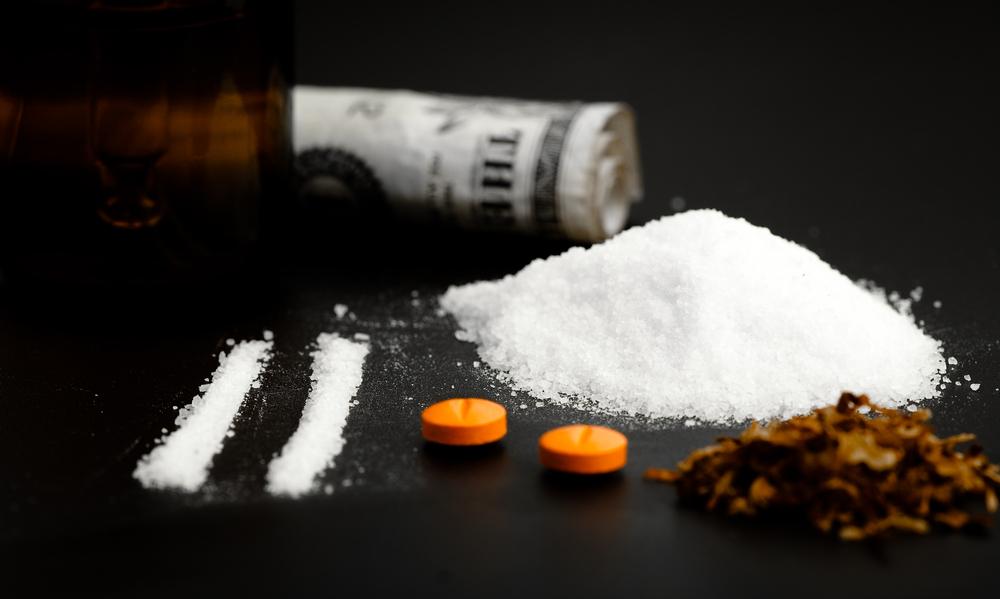1999 - tieji, Lisabona, ankstyvas rytas skurdesniuose
miesto rajonuose. Ką čia rasime? Apie 5000 narkomanų išsirikiavusių į eilę pas
narkotikų prekeivius pardavinėjančius heroiną. Tuo metu Portugalija pirmavo
Europoje pagal ŽIV infekuotų narkomanų skaičių, kuris siekė daugiau nei 20
naujų ligonių per metus milijonui gyventojų. Buvo spėjama, jog Portugalijoje
yra nuo 50 000 iki 100 000 heroino vartotojų, kas buvo panašu į visišką
katastrofą. Nors dar ir iki Amerikos atradimo laikų Portugalija garsėjo kaip
būdais pasilinksminti turtinga valstybė, tačiau devintojo dešimtmečio pabaiga
Portugalijai buvo ypač skausminga. Reikėjo kažką daryti. Ir valdžia ėmėsi
netikėto žingsnio – 2000 – tųjų spalį nusprendė dekriminalizuoti visus
narkotikus, įskaitant kokainą ir heroiną. Žinoma, buvo galybė skeptikų
teigusių, jog tai pražudys Portugaliją, daug kas sakė, jog po tokio žingsnio
Lisabona taps narkotikų turizmo pasaulio centru. O koks rezultatas?
Dabar gyvename 2013 – taisiais metais ir per pastaruosius
dešimt metų Portugalijoje ŽIV infekuotų asmenų skaičius per metus krito beveik
dvigubai – iki 13,4 ligonių milijonui gyventojų. Žinoma, tas bet kokiu atveju stipriai
viršija Europos vidurkį, kuris yra 2,85 atvejo milijonui gyventojų, tačiau progreso
nepastebėti sunku. Šiuo metu Portugalija yra tarp mažiausiai narkotikų
suvartojančių valstybių Europoje, kokaino vartojimas aplamai beveik išnykęs,
tad tokį drąstišką valdžios žingsnį, be abejonės, galima laikyti sėkmingu.
Tačiau kaip ta sėkmė buvo pasiekta? Pinigai kurie buvo
skirti kovai su narkotikų prekeiviais ir narkomanų gaudymu bei jų kalinimu
atiteko medicinai ir švietėjiškoms programoms, kurios, akivaizdu, yra daug
efektyvesnės nei baimė atsisėsti už grotų. Tai paprasčiausiai pakeitė visos
valstybės požiūrį į narkomanus, jie iš nusikaltėlių tapo ligoniais ir dabar
Portugalijos jaunimas į narkotikų vartojimą žiūri daug racionaliau už
statistinį Europietį.
Faktas, kad tokia narkotikų
politika vaisius davė ne iš karto, rezultatų teko palaukti kelis metus, tačiau
nuo pat 2000 – tųjų Portugalijos valdžia nei karto nesusimąstė apie šios
politikos keitimą. Jei medis auga tai kam jį nukirst? Kartais net
radikaliausias požiūris į problemą gali atnešti teigiamus rezultatus.
Now it‘s year 2013 and during past ten years around of HIV infected people in Portugal shrunk by almost a half – to 13,4 HIV cases per million people. Sure enough, it vastly outruns the EU average which is 2,85 anyway, but the progress can‘t be unseen. Now Portugal has one of the lowest amounts of drug users in whole Europe with using of cocaine nearly disappeared completely. Easy to notice – the controversial drug policy was a success!
But why they achieved the success with these methods? It‘s simple – instead of spending precious money on war against drugs and imprisoning of drug addicts they gave money for medicine and various educational programs, what was much more effective than a threat of getting to jail. That shifted the society‘s approach on drug addicts – instead of considering them as criminals they started to consider them as ill people who need medical help. Apparently now Portuguese youth has a much more rational attitude on drugs than a statistical European does.
Of course, the new drug policy didn‘t gave instant results, waiting for few years was needed, but anyway, going from year 2000 there was no single time when Portuguese government would change their mind about drug policy. Why should you cut the tree if it is growing without any problem? Sometimes the most radical view on problem can give you the best results.






